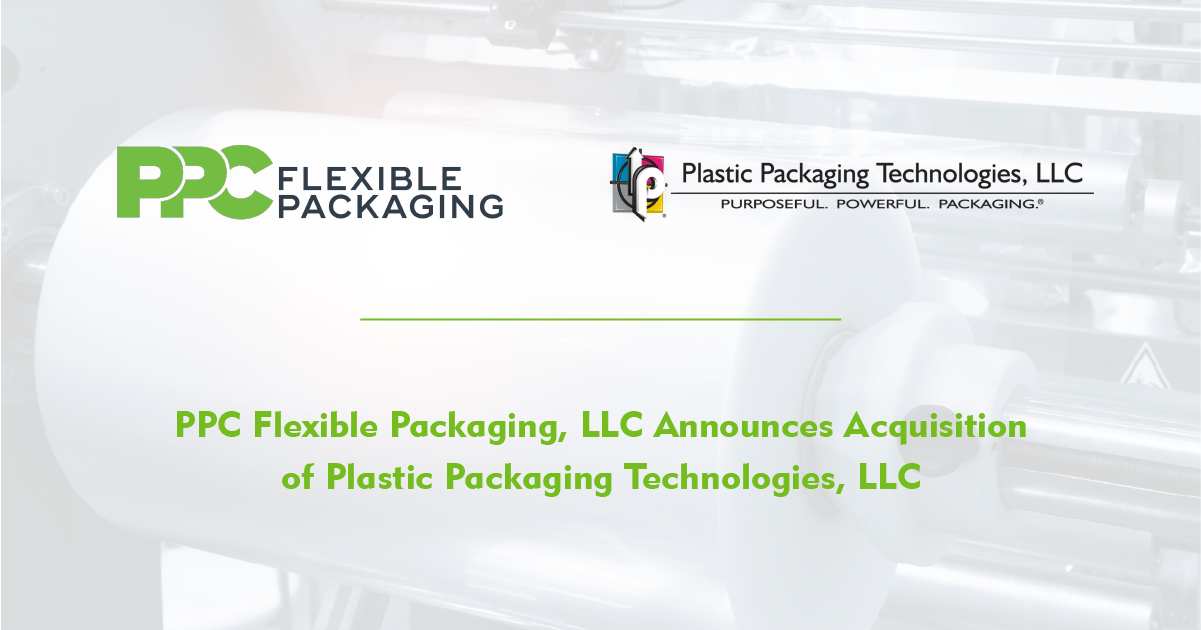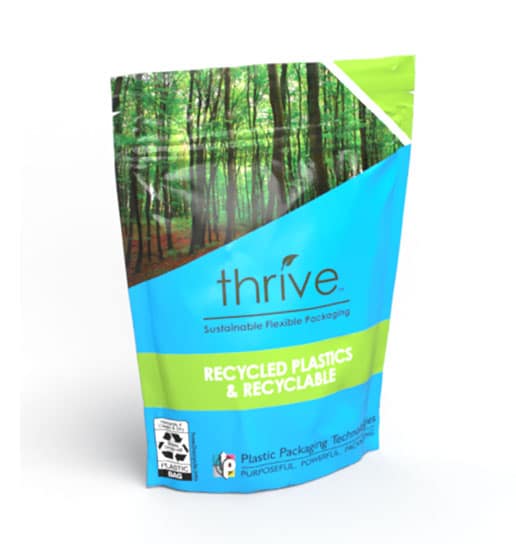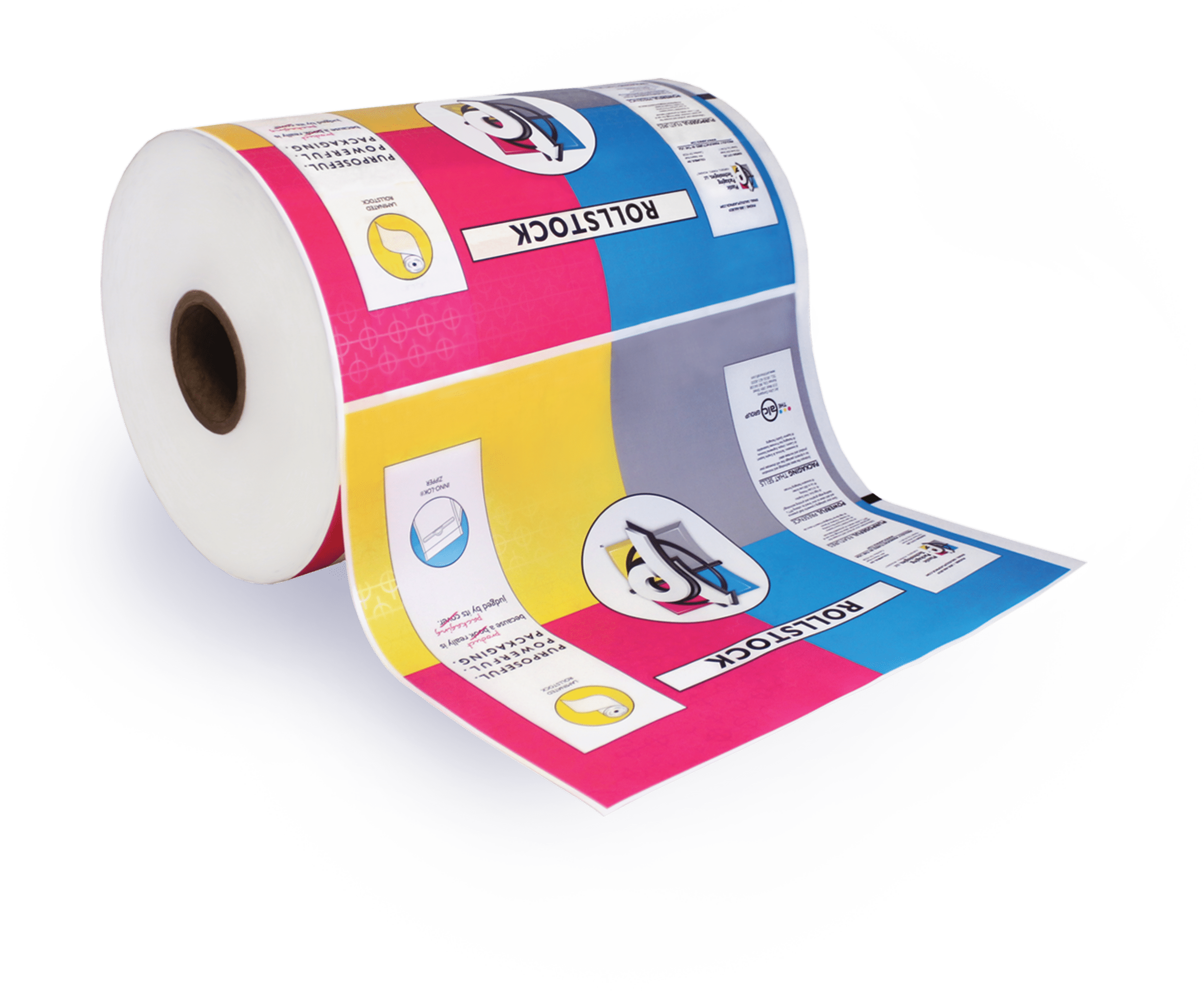Buffalo Grove, IL — October 21, 2022 — PPC Flexible Packaging LLC, a leading provider…
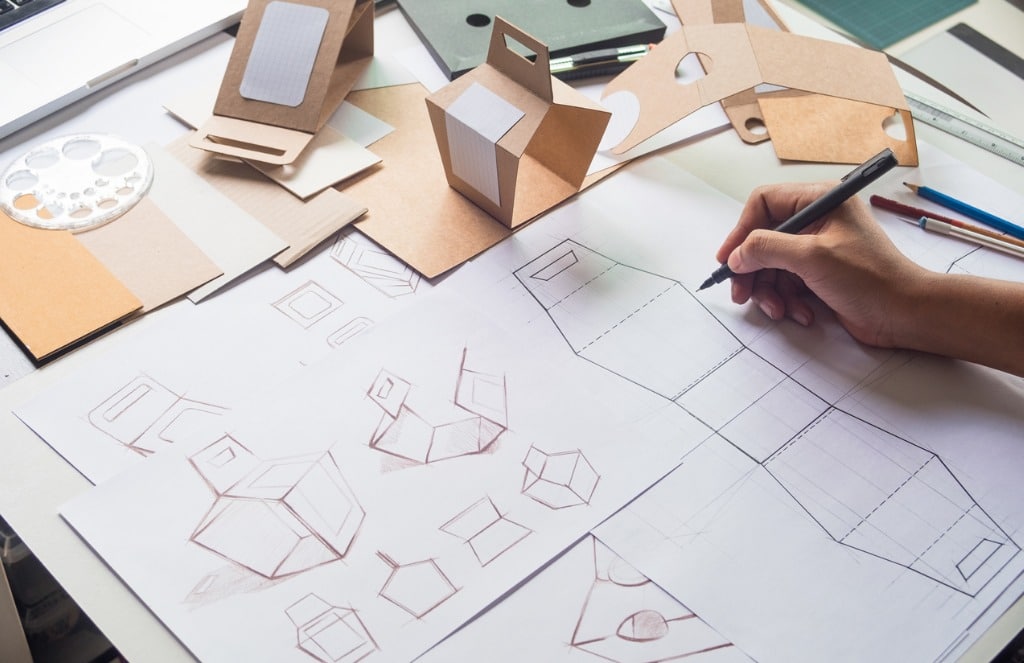
We have all been walking down the aisle at the grocery store and picked up something solely because the packaging was intriguing. Whether it was the irresistible matte finish or the bold graphics that caught your eye, the product packaging design did its job. Although it is important to stand out in that sea of sameness, you still want to make sure that your packaging is true to your product.
Designing the perfect package for your products, one that hits a great balance between style and substance, is no easy feat. In this article, we’ll take a closer look at all of the different processes involved with product packaging design. From what it is and why it matters to the actual product packaging design process itself.
Unsure about where to start when it comes to product packaging design? Continue reading to learn all there is to know about what product packaging design is and how to make it work for your business.
Is Product Packaging Design Really That Important?
In short, yes!
But, allow us to be a little more thorough. Product packaging design is the connection of design, construction, imagery, regulatory information, and how they are used to create a suitable product for marketing. The primary objective of product packaging design is to create packaging that will protect, transport, and identify a product, as well as differentiate the product from competitors.
Ultimately, a product packaging design’s objective is to meet marketing objectives determined by a company that communicates to a consumer what a product is, how it works, and why they should purchase it. Let’s take a look at a few other reasons why product packaging design is essential.
Influences Consumers
Product packaging directly influences not only a consumer’s behavior but also the choices they make and what their experience will be with a product. Additionally, product packaging may also affect a consumer’s decision on whether or not they will actually purchase a product.
Makes a Good First Impression
As cliché as it is, first impressions are everything. Whether you’re meeting with a new client or trying to present a new product to shareholders, the first impression is what people will remember. The same goes for product packaging! Your product’s packaging will have a direct impact on the experience that your customers have with your product.
Stand Out From Competition
When selling to consumers, regardless of the industry, there is always competition. As a business owner, you must always consider how you can differentiate your product from your competitors’ products. Effective product packaging is one of the best ways to stand out from your competition and attract customers.
Reflection of Your Brand
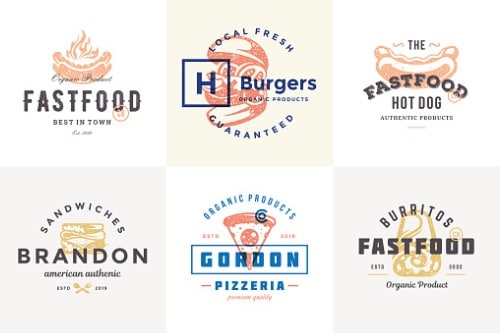
Above all, the most crucial part of product packaging design is brand recognition. Your product packaging design must be able to communicate your brand’s identity. When customers see your product, they should be able to recognize the packaging and know that the product is reliable.
Recommended Read: The Evolution of Food Packaging Design Through the Years
How Do You Create Awesome Packaging?
Packaging Layers
When discussing packaging layers, there are three layers to consider: primary packaging, secondary packaging, and tertiary packaging.
Primary Packaging
When you think about packaging, primary packaging is probably what comes to mind. Primary packaging is also referred to as retail packaging. Its main purposes are to protect the product and attract consumers with its design. Examples of primary packaging include soda cans, cereal boxes, and candy bar wrappers.
Secondary Packaging
Secondary packaging is used to ship products that are already in their primary packaging. Its main purposes are to hold multiple products and protect them during distribution. It is oftentimes used as display packaging in retail outlets. Examples of secondary packaging include a 12-pack of soda cans, a box full of multiple candy bars, and a variety box of cereals.
Tertiary Packaging
Tertiary packaging is not typically seen by consumers. It is used to protect multiple shipments of products in their secondary packaging. Examples of tertiary packaging include large pallets, corrugated pads, stretch wrap, and other materials used to protect large quantities of products.
Choosing the Type of Packaging
There are several types of packaging designs to choose from. From bags to boxes and bottles, this process isn’t often as straightforward as it may appear. When deciding which type of packaging your product will use, there are several things you must also consider.
The Product
Everything revolves around the product you are selling to your customers. Your product packaging design will depend on the shape and size of your product. Here are a few questions to ask yourself before moving forward in the product packaging design process:
- Do you need to protect your products’ freshness?
- Who will buy the product?
- How will your product be distributed?
- What is the shelf life of your product?
The Competition
Next, you must also consider who your competition is and how they are packaging their product. This is a critical step, which means you will want to take your time with this to make sure your product will stand out from your competitors.
The Budget
No matter how incredible a product is, if you plan on marketing it to customers, then you will need an adequate budget to do so. Packaging design budgets are often broken down into two categories: one-time costs and per-item costs.
One-time costs include things you pay for upfront, such as paying for professional designers to complete the graphic design for the product. On the other hand, Per-item refers to prices that are generally for materials and labor, such as tissue paper and the tape used to seal the packaging.
Complete an Architecture of Information
Information architecture is an often overlooked aspect of product packaging but is just as important as any other step. This refers to the process of how your customers will learn about your product when they look at the packaging. If you have two to three things you want a customer to know about your product, then that should be the centerpiece of your product packaging.
Evaluate Packaging Design Ideas
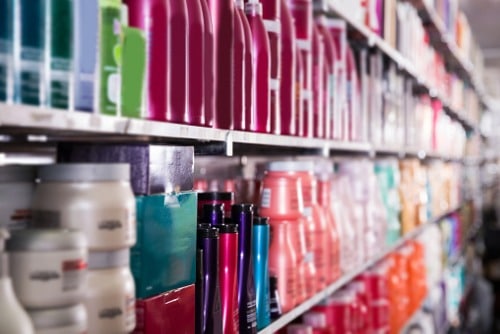
Now that you’ve gathered some great design ideas, it is time to narrow down the selection. When evaluating product packaging design ideas, here are some things to keep in mind.
- Is it clear what the product is?
- Is the packaging a clear and honest representation of the product?
- What will this package look like on the shelf?
- Is the packaging versatile and reusable?
Gather Feedback
Before committing to a product packaging design layout, another critical step is getting feedback from potential customers. When collecting feedback, be sure to ask essential questions.
- What does the product do?
- Who is this product designed to attract?
- What is the key message a customer will get when looking at the packaging?
The collective feedback process will help you see things from a fresh perspective to decide if your product is ready to move forward or if there are additional details that should be ironed out first.
Find a Quality Printer
Once you have the final design of the product packaging, you will now need to find a printer to fulfill the vision of your design. Connecting with a quality printer will ensure that you have concrete printing costs and will help you answer any questions you might have about your custom packaging design.
Benefits of Flexible Packaging
As evidenced by the name of our company, we are somewhat partial to flexible packaging. This type of packaging has taken the market by storm, as there are several advantages that it can provide. Let’s take a look at a few of them below.
Protection
One great thing about flexible plastic packaging is that it can be tailored to meet the needs of specific products. If you need a material that has extra durability, you can find that. If you need packaging that can protect products from extreme temperatures, you can find that too. The type of materials that you use can be determined by the level of protection you need.
Customization
Flexible packaging is very customizable and can be tailored to fit the requirements of almost all custom packaging design. Whether it’s film recommendations, the aforementioned level of protection, visual design, shapes, sizes, closure types, or add-on features that improve customer experience, flexible packaging affords a level of personalization that cannot be found when using other materials.
Convenience
Last, but certainly not least, flexible plastic packaging is incredibly easy and convenient for customers to not only view your product but store it when it’s not being used. Though it may seem like a minor aspect, this is a critical aspect to capitalize on.
Recommended Read: The Ultimate Guide to Custom Flexible Packaging
You Owe it to Your Products to Partner with Plastic Packaging Technologies
You’ve spent a lot of time and effort creating a quality product that your customers will love, and the packaging of your product should reflect that. There’s no doubt that great product packaging takes time and patience, but there is nothing more satisfying than viewing a finished product as it’s displayed prominently on a store shelf or e-commerce website.
At Plastic Packaging Technologies, we are a leading manufacturer in creating customized packaging solutions to meet the needs of your business. With extensive visual design options, we can’t wait to help you develop a custom product packaging option that showcases your product and increases sales.
Our flexible plastic packaging solutions are tough, sustainable, and will knock your competitors’ socks off. Give your packaging the shelf presence it deserves.

